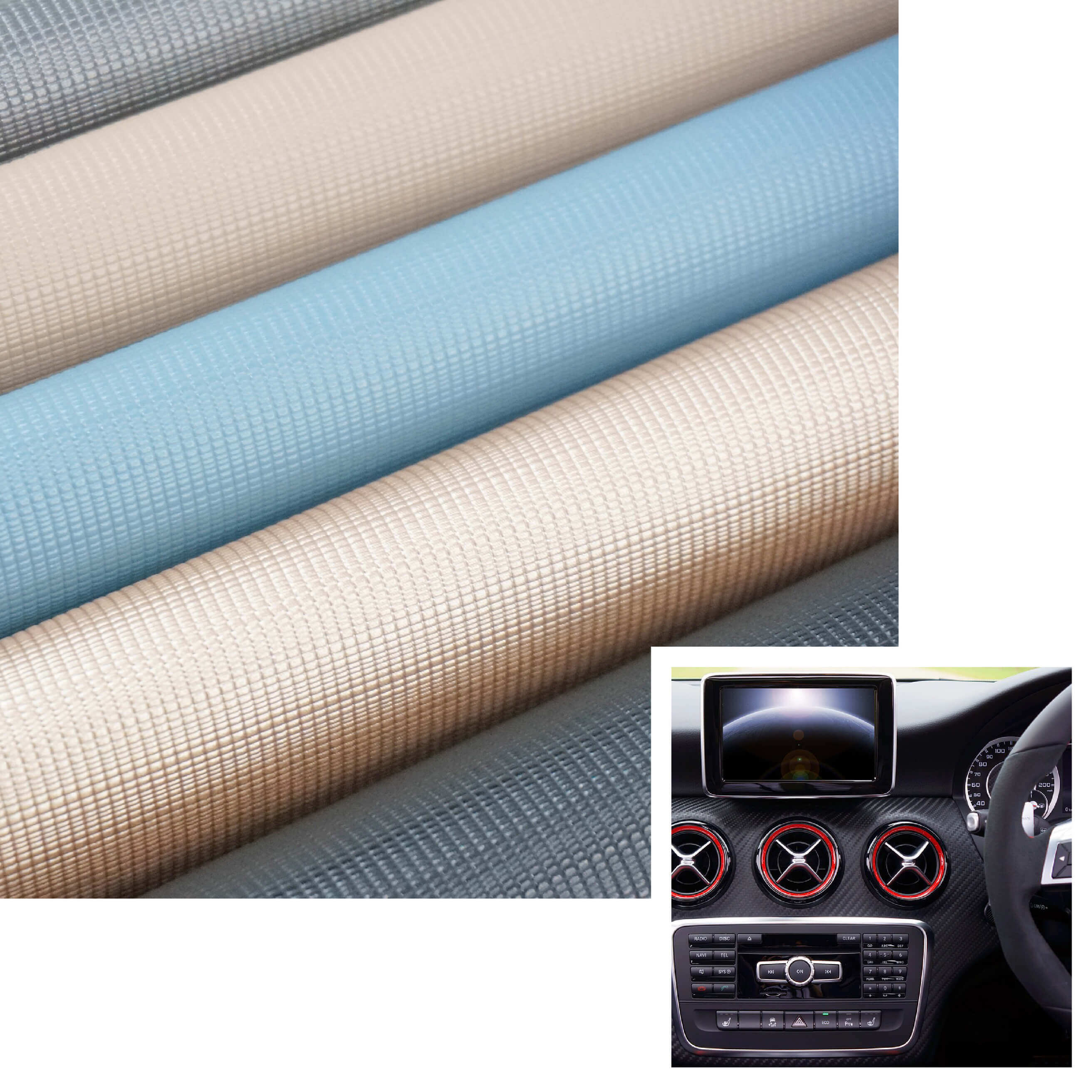Email format error
Email cannot be empty
Email already exists
6-20 characters(letters plus numbers only)
The password is inconsistent
Email format error
Email cannot be empty
Email does not exist
6-20 characters(letters plus numbers only)
The password is inconsistent

News

Aesthetic and Texture of PU (Polyurethane) Leather vs. Artificial Leather
Introduction
In today's rapidly evolving fashion and manufacturing landscapes, the aesthetics and texture of materials like PU (polyurethane) leather and artificial leather have become paramount. While both materials offer an alternative to genuine leather, understanding their visual and tactile properties is crucial. This article delves deep into comparing the aesthetic and tactile nuances between PU leather and its counterpart, artificial leather.
Appearance: Visual Characteristics
When we talk about PU leather, one of its standout features is its ability to mimic natural grain patterns. Manufacturers of PU leather have mastered the art of replicating the intricate details found in genuine leather, offering consumers a visually appealing alternative. On the other hand, artificial leather, while also aiming for a genuine look, might sometimes fall short of replicating the nuanced grain patterns found in PU leather.
Moreover, color variations play a pivotal role in defining the aesthetic appeal of both materials. PU leather boasts a vast range of colors, allowing designers and manufacturers to cater to diverse consumer preferences. Artificial leather, while versatile, might have limitations in achieving certain shades and finishes.
A comparative analysis suggests that while PU leather exudes a more genuine appearance due to its intricate grain patterns and color versatility, artificial leather has its own unique aesthetic appeal, particularly for applications requiring a consistent look.

Texture and Feel: Tactile Properties
The tactile experience of PU leather often leaves users impressed. Its softness, suppleness, and ability to adapt to various applications, from footwear to upholstery, make it a sought-after material. The consistency of its grain and the way it responds to touch give PU leather an edge in providing a satisfying tactile experience.
Conversely, artificial leather, though designed to mimic genuine leather, might sometimes have variations in texture. While some variants offer a close feel to real leather, others might feel slightly different, with variations in softness and rigidity based on manufacturing processes.
A side-by-side comparison reveals that PU leather generally provides a more consistent and pleasing tactile experience. However, tactile preferences often vary among consumers based on their specific needs and applications.
Consumer Perception and Preference
Market insights and consumer surveys indicate a growing preference for PU leather due to its superior aesthetic and tactile qualities. Brands and manufacturers strategically position PU leather as a premium alternative to genuine leather, emphasizing its durability, aesthetic appeal, and tactile comfort.
Furthermore, branding and marketing strategies often highlight PU leather's eco-friendly attributes, emphasizing its sustainable production processes compared to some variations of artificial leather. This approach resonates with environmentally conscious consumers, influencing their purchasing decisions.
Conclusion
The aesthetics and texture of materials like PU (polyurethane) leather and artificial leather play a pivotal role in shaping consumer perceptions and preferences. While both materials offer viable alternatives to genuine leather, PU leather stands out in its ability to replicate natural grain patterns, offer diverse color options, and provide a consistent tactile experience. As industries continue to evolve, understanding these nuances becomes essential for manufacturers, designers, and consumers alike, paving the way for innovations that cater to diverse needs and preferences.

